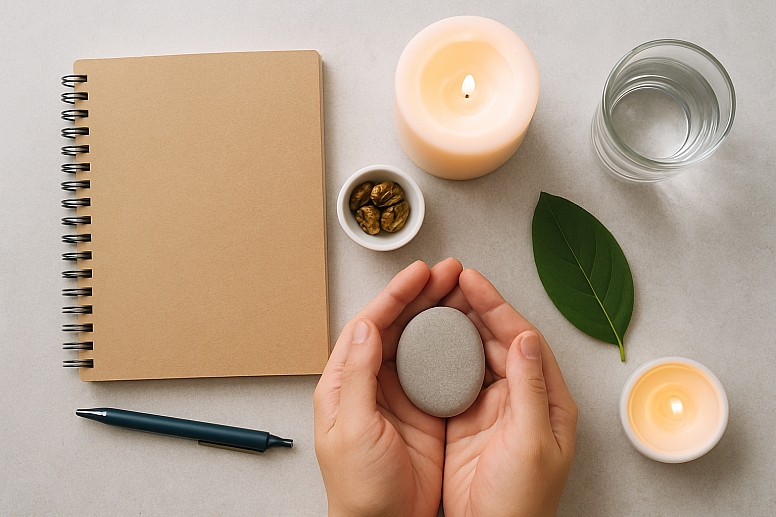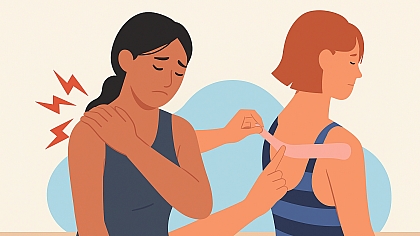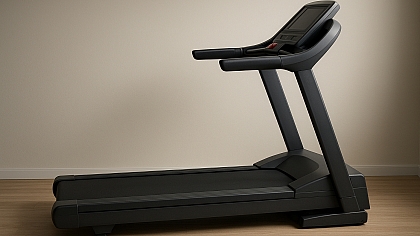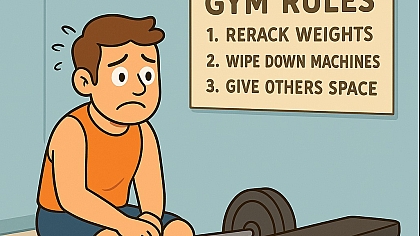
A Holistic Approach to Healing: 3 Ways to Heal From the Inside Out
Some recovery explanations suggest that change may entail unclear living factors, which typically create subtle patterns affecting daily functioning. The focus can stay practical, since steady routines often shape outcomes over time, even if effects are slow or uneven. Simple methods can help organize choices while keeping expectations cautious, allowing results to develop naturally.
Making Space for Feelings to Settle
Internal reactions can influence decisions quietly, so establishing a basic container for feelings may support steadier behavior over time. Instead of pushing experiences away or labeling them as problems, it can help to allow measured expression in a predictable sequence.
A practical method might include a three-part check:
- Name the trigger
- Note the sensation
- Select a small, manageable behavior
This approach structures attention gently. People can also record brief observations in a simple log to reveal repeating contexts that may need adjustment. Scheduling short moments for release—through writing or light movement—can reduce accumulated pressure, leading to clearer choices and fewer abrupt disruptions to daily plans.
Organizing Inner Patterns with Reflective Planning
Different roles, memories, and impulses can pull against each other during stress, creating inconsistent decision-making. A modest review cycle linking priorities to real actions can help.
For example, after listing what matters, a person might:
- Describe typical responses
- Note conditions that escalate or reduce strain
Frameworks like psychosynthesis can help observe inner tendencies and integrate attention so everyday steps align with guiding aims. Setting weekly checks and small adjustments helps sustain progress under ordinary demands. Written boundaries around energy and time can make routines easier to follow, while small corrections reduce friction and build confidence over time.
Relinking Physical Cues with Daily Awareness

Body signals and mental states often interact in ways that shape focus, mood, and stamina. When this connection weakens, signals can become unclear, complicating simple planning. A practical approach uses small, repeatable activities to strengthen awareness and reduce stress activation.
You might begin with scheduled pauses that include breath counting, light posture checks, or gentle movement. These steps are easy to measure, record, and adjust without special skills. Tracking basic patterns—like sleep windows, meal timing, tension, temperature, or pace—helps reveal shifts in energy or attention, allowing subtle adjustments that feel manageable. Small actions, such as relaxing the jaw or slowing movement, keep activities at a comfortable level, and reminders or break notifications can prevent fatigue while maintaining consistency.
This approach does not solve all problems but organizes fragmented signals into clear, actionable cues, providing a repeatable sequence to follow whenever strain appears. Over time, these habits support steadier focus, more consistent routines, and practical responses to daily stressors.
These wellbeing practices are intended purely as practical tools to support focus, emotional steadiness, and daily balance. They should be used without replacing, contradicting, or undermining one’s religious beliefs or spiritual commitments, ensuring that personal development remains consistent with one’s faith and values.
Progress may develop gradually as routines help reactions settle, plans align with intentions, and physical cues guide simple choices. Selecting one small step from each area and testing it over several weeks often reveals which habits remain sustainable under normal conditions.









